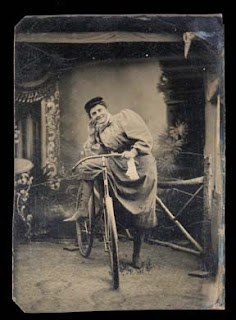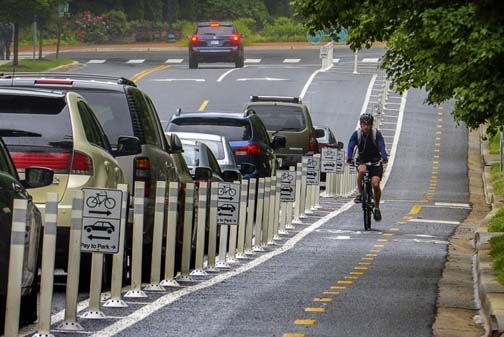The Bicycle and the Ride to Modern America

Susan B. Anthony said, "cycling did more to emancipate women than anything else in the world." By Natalie Angier, July 13, 2015 On May 10, 1884, midway through his 48th year, Samuel L. Clemens reluctantly “confessed to age” by wearing glasses for the first time. That same day, the celebrated writer better known as Mark Twain sought to reclaim his youth by mounting a bicycle for the first time. Only one of these first tries succeeded. “The spectacles,” Twain later recalled, “stayed on.” Bodily contusions notwithstanding, Twain promoted the new sport of cycling with characteristic rhubarb tartness. “Get a bicycle,” he urged readers. “You will not regret it, if you live.” Over the next decade, millions of Americans of all ages, trades and visual acuities would heed the pedaler’s cry. They would not only live, but would learn to stay majestically, propulsively upright, too. They would start cycling clubs, collect cycling paraphernalia, compose cycling...






